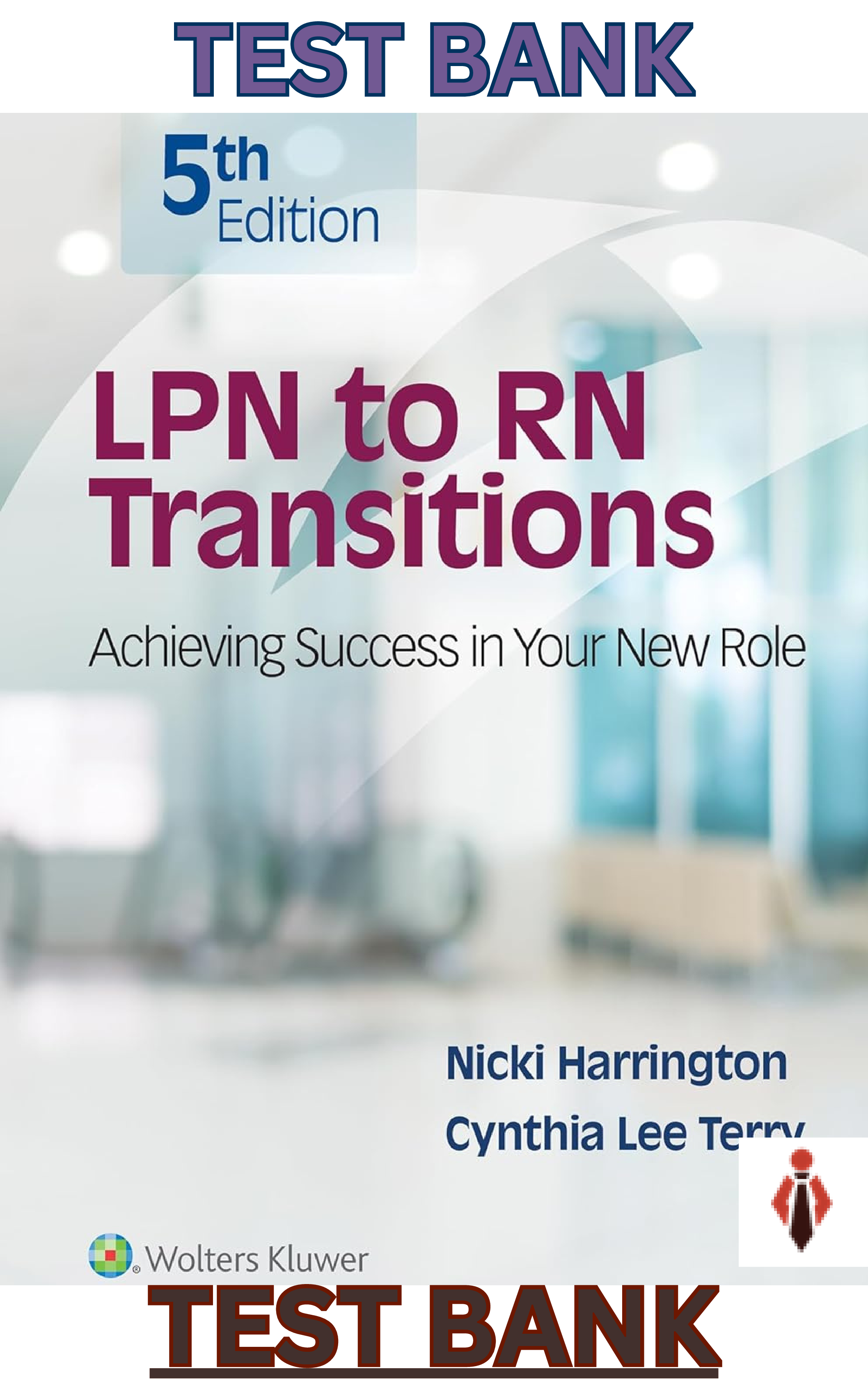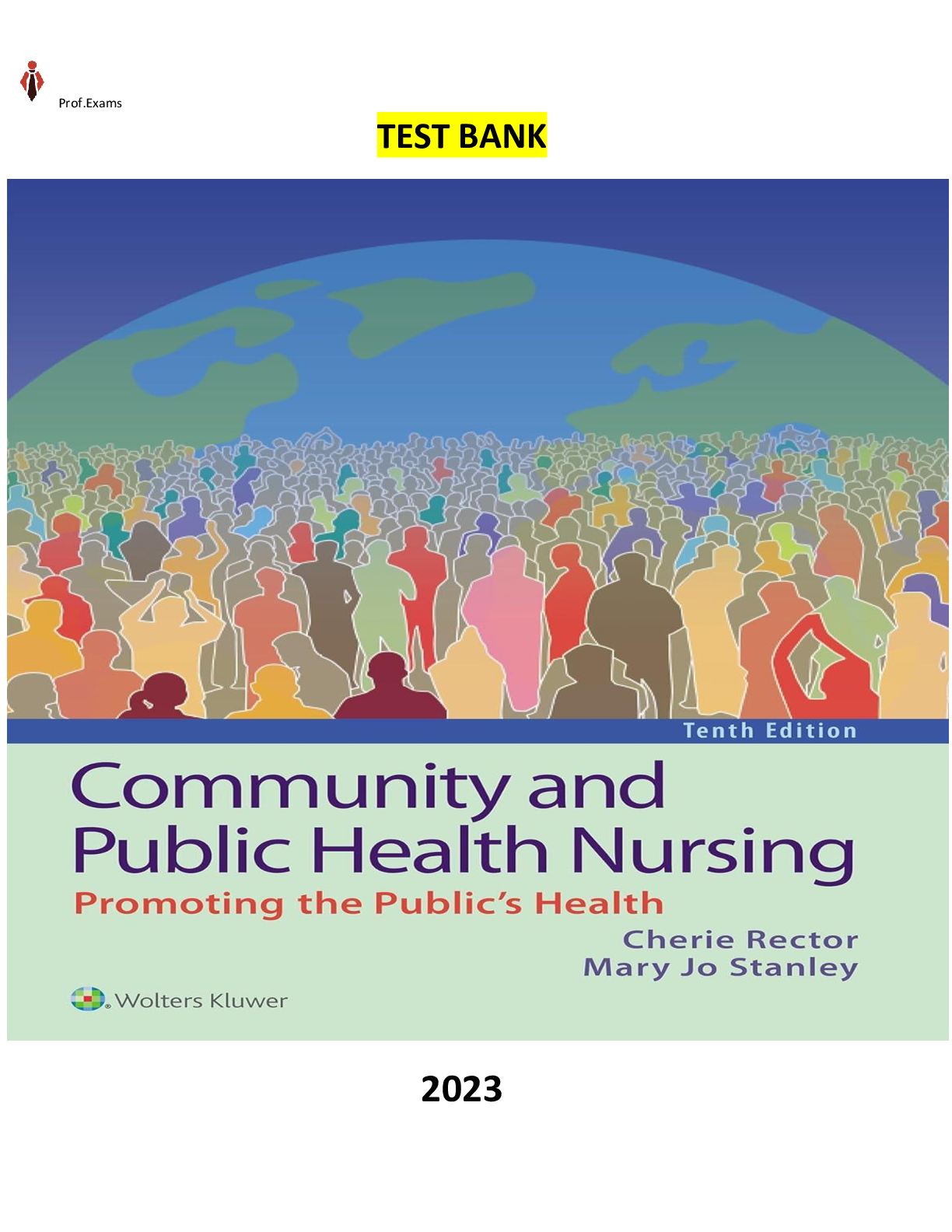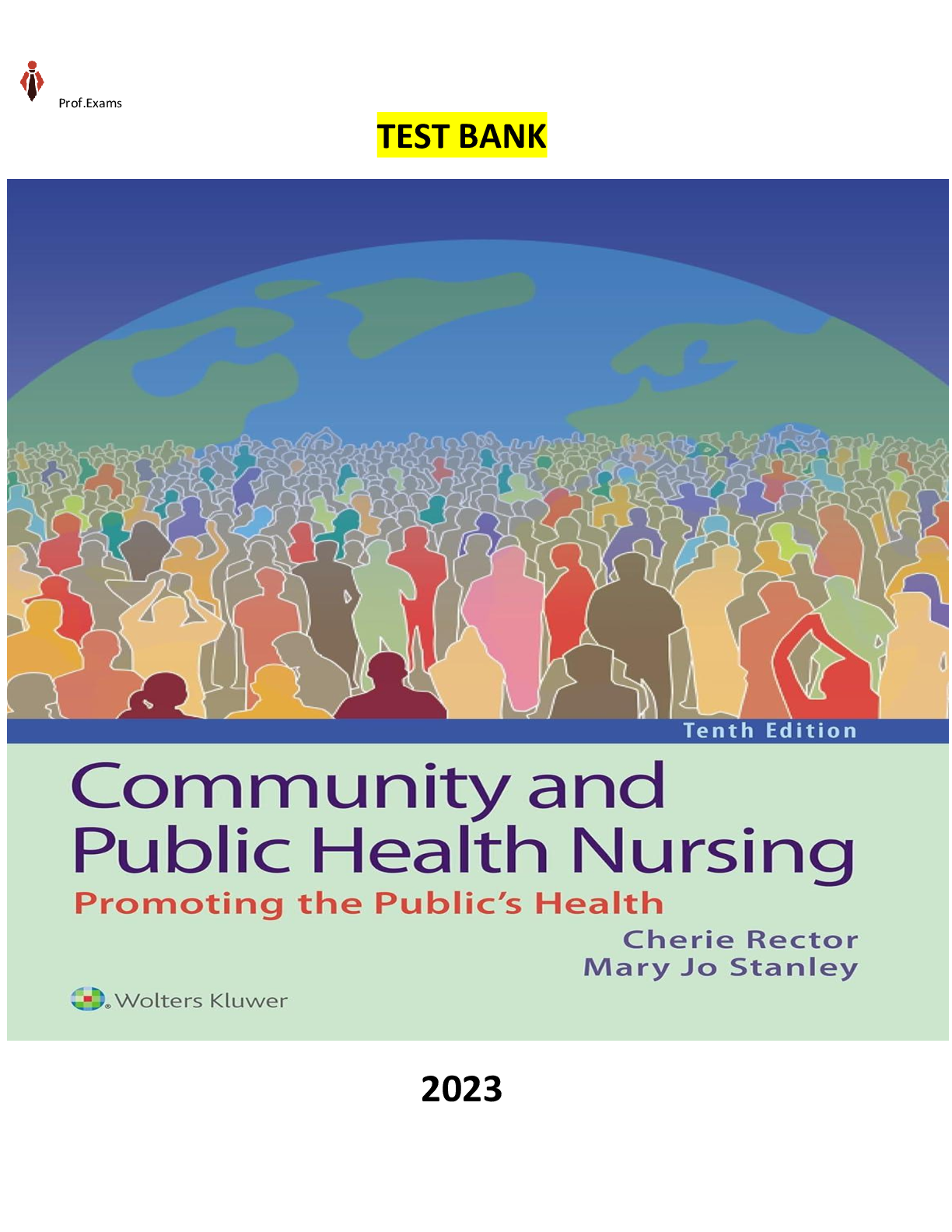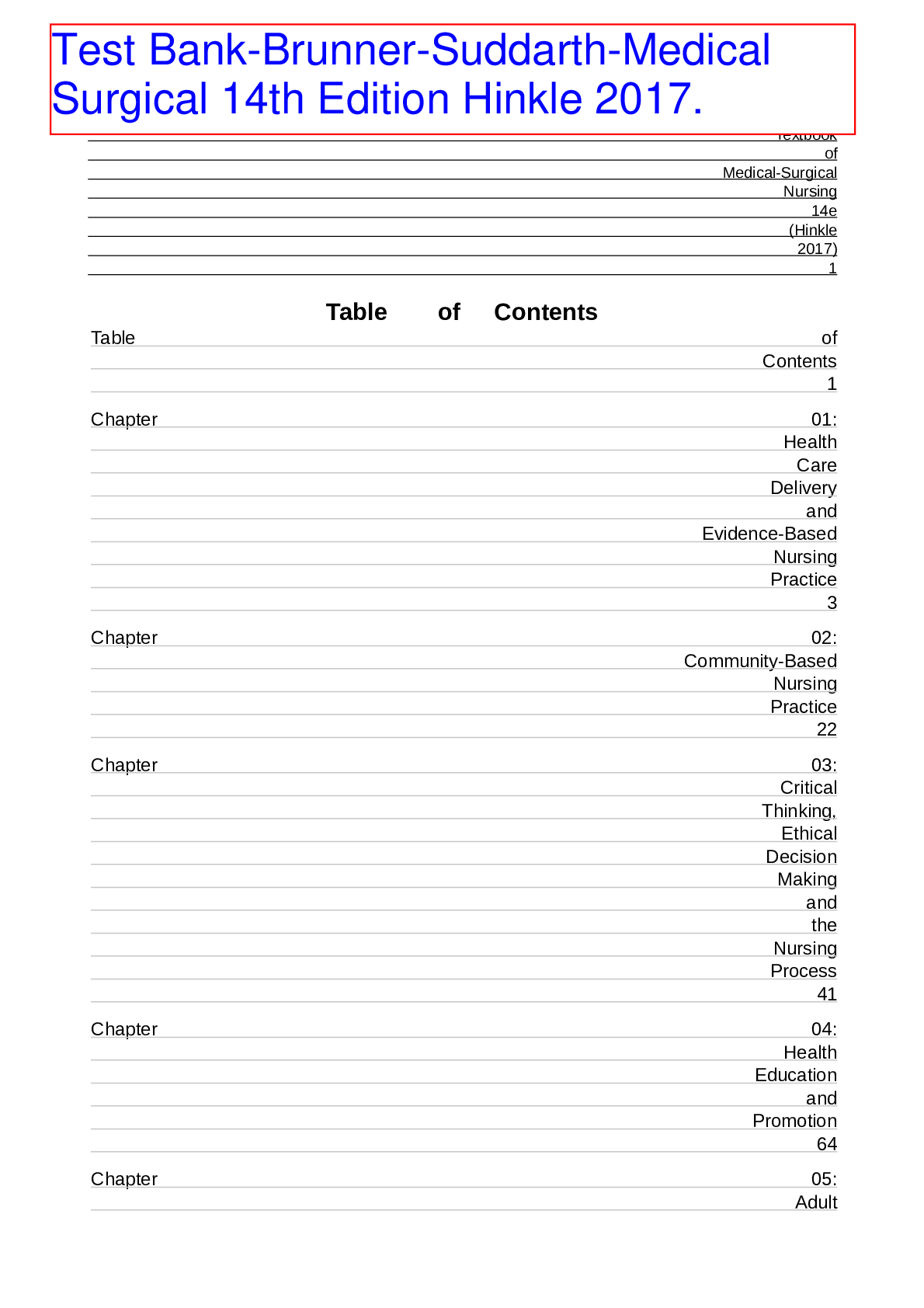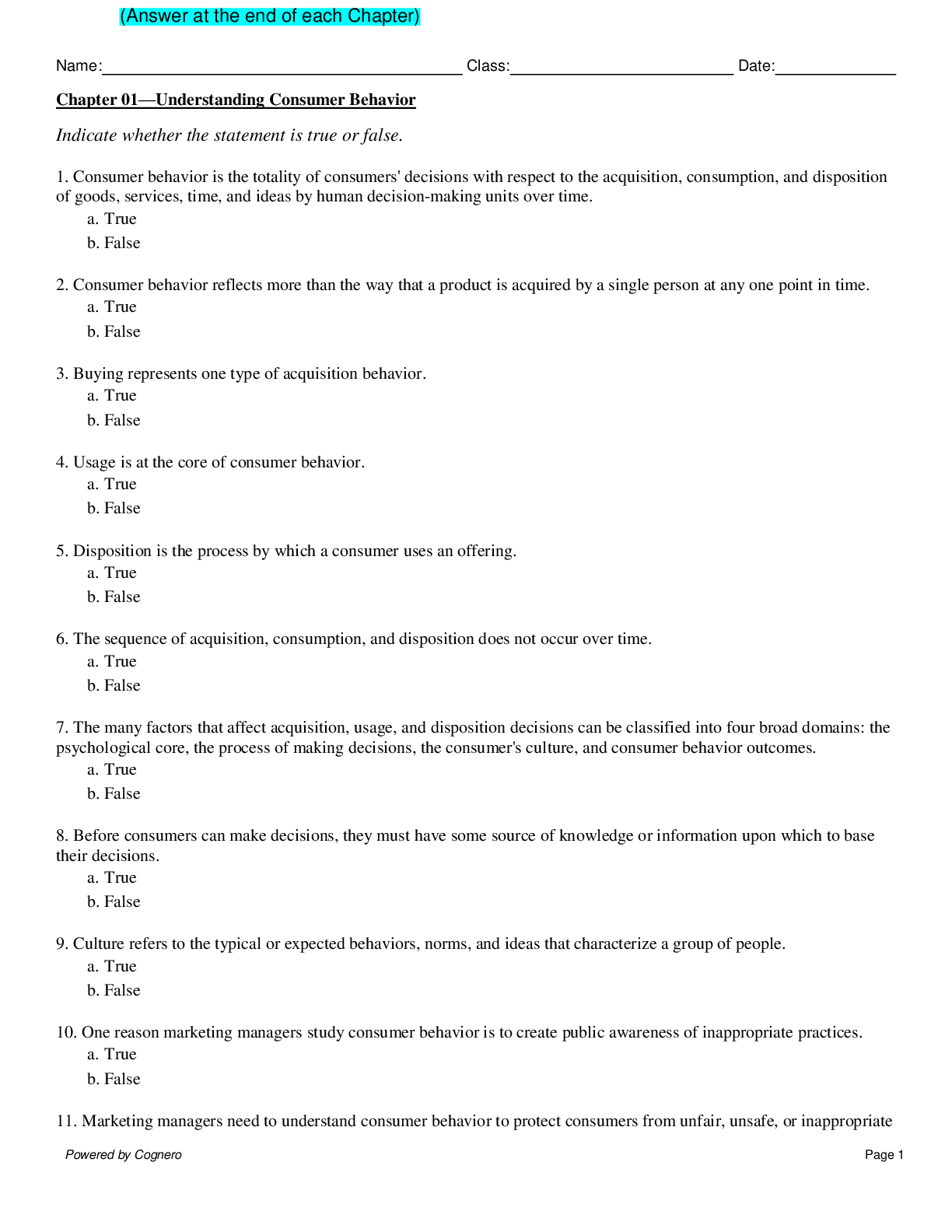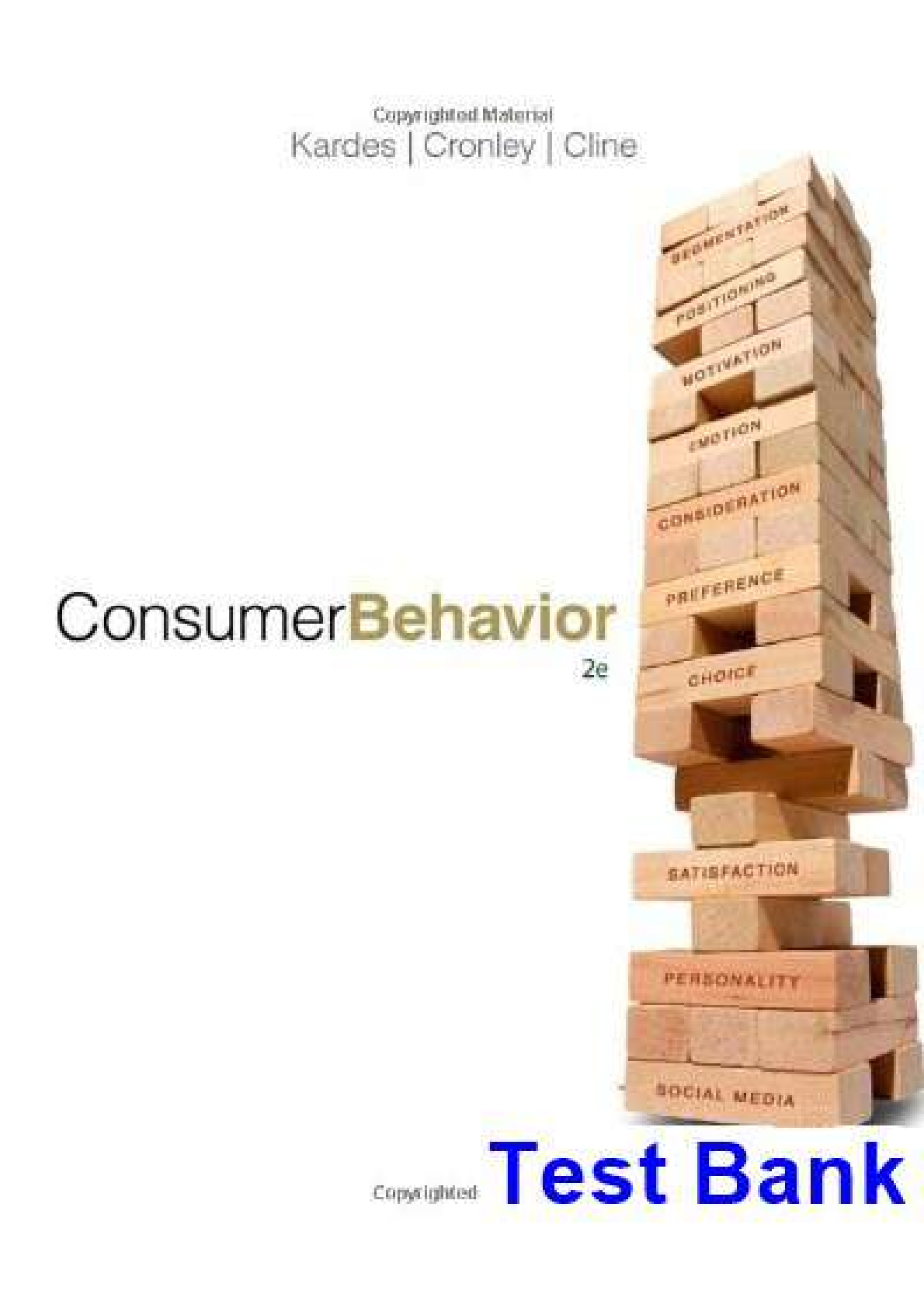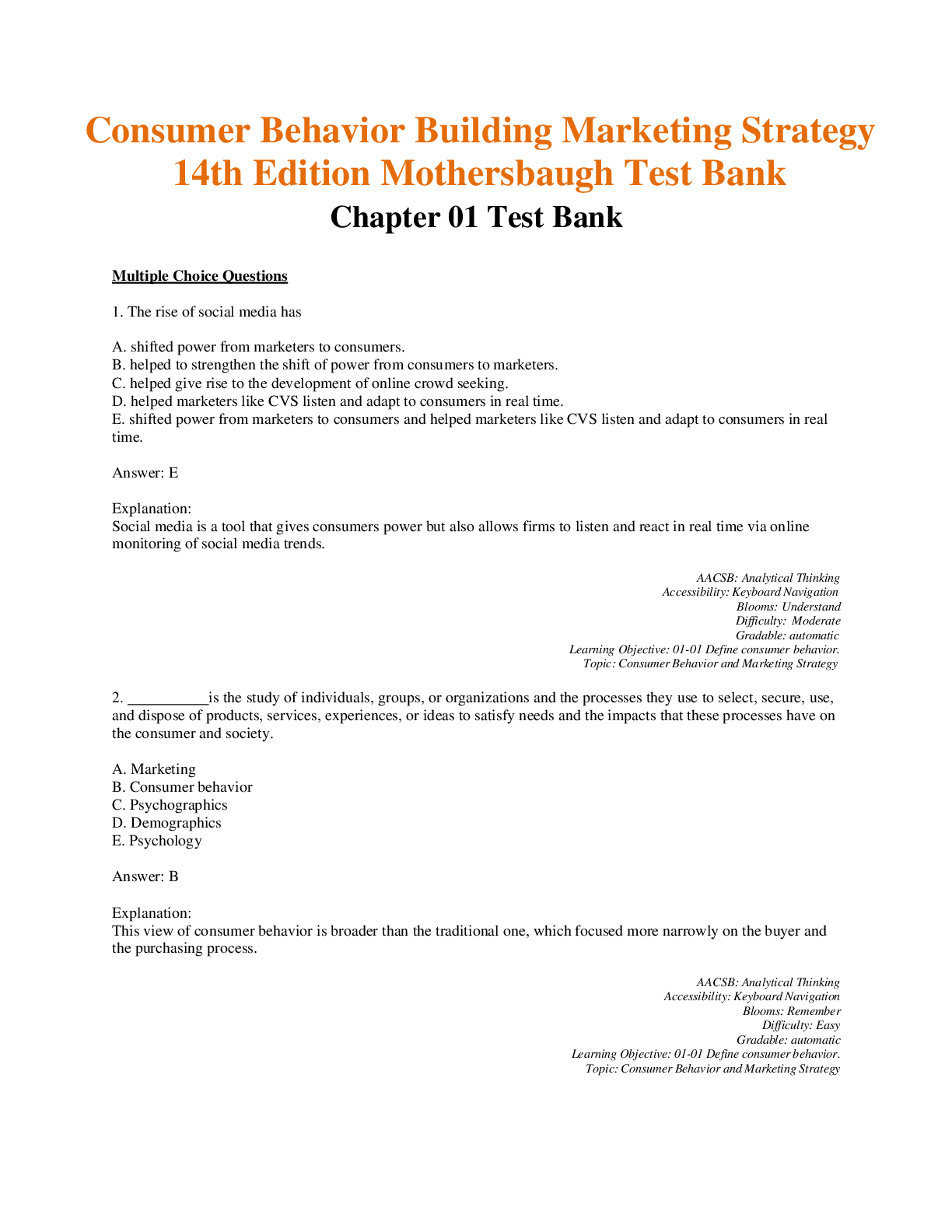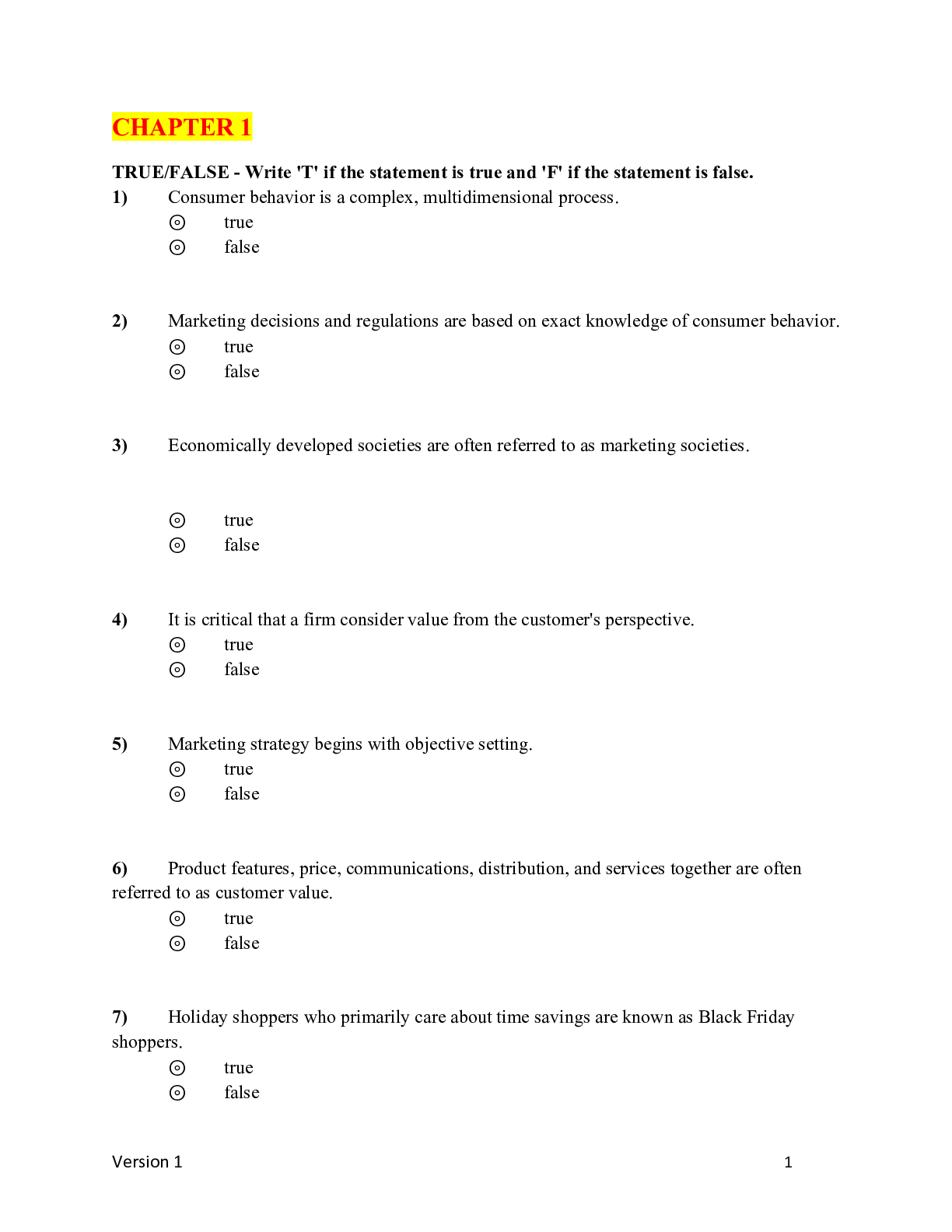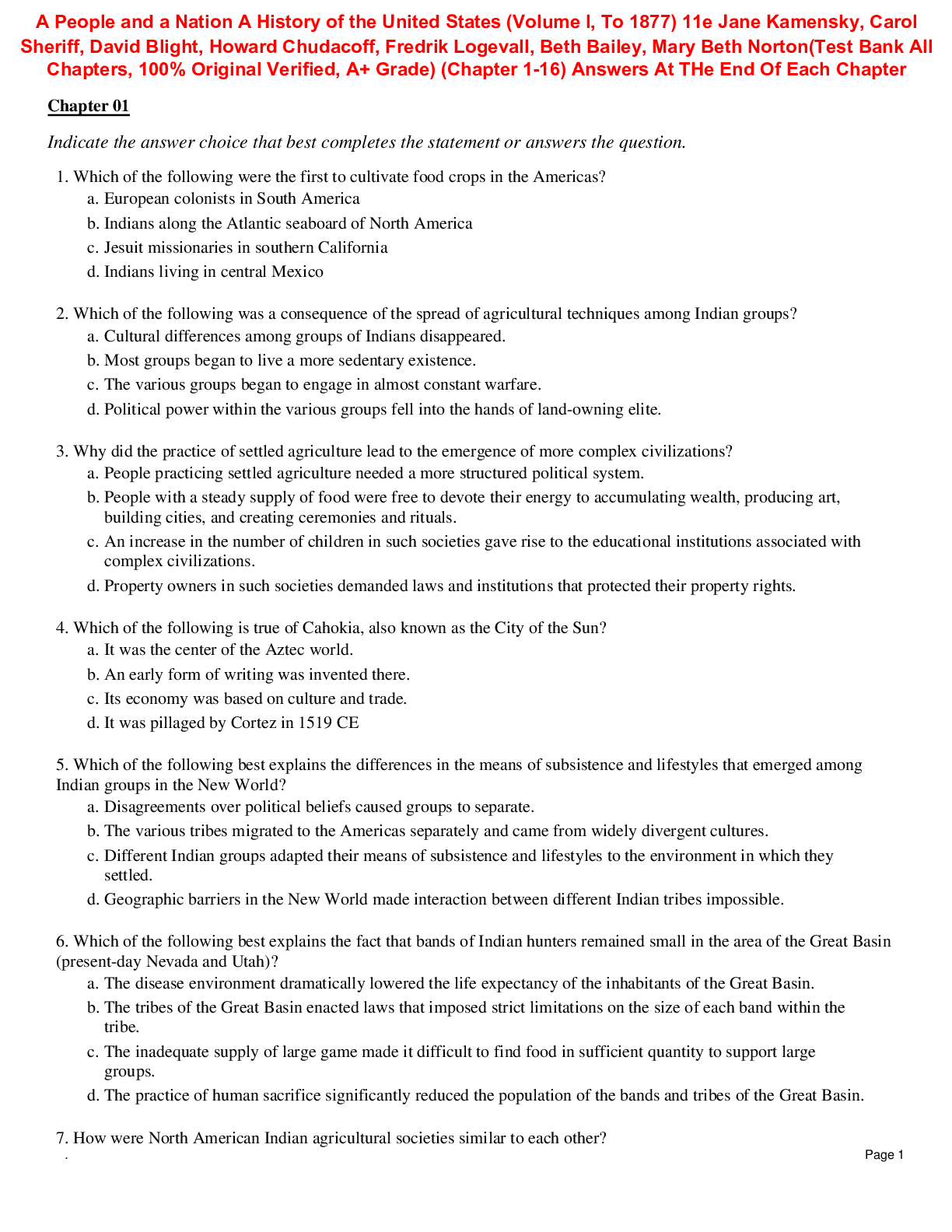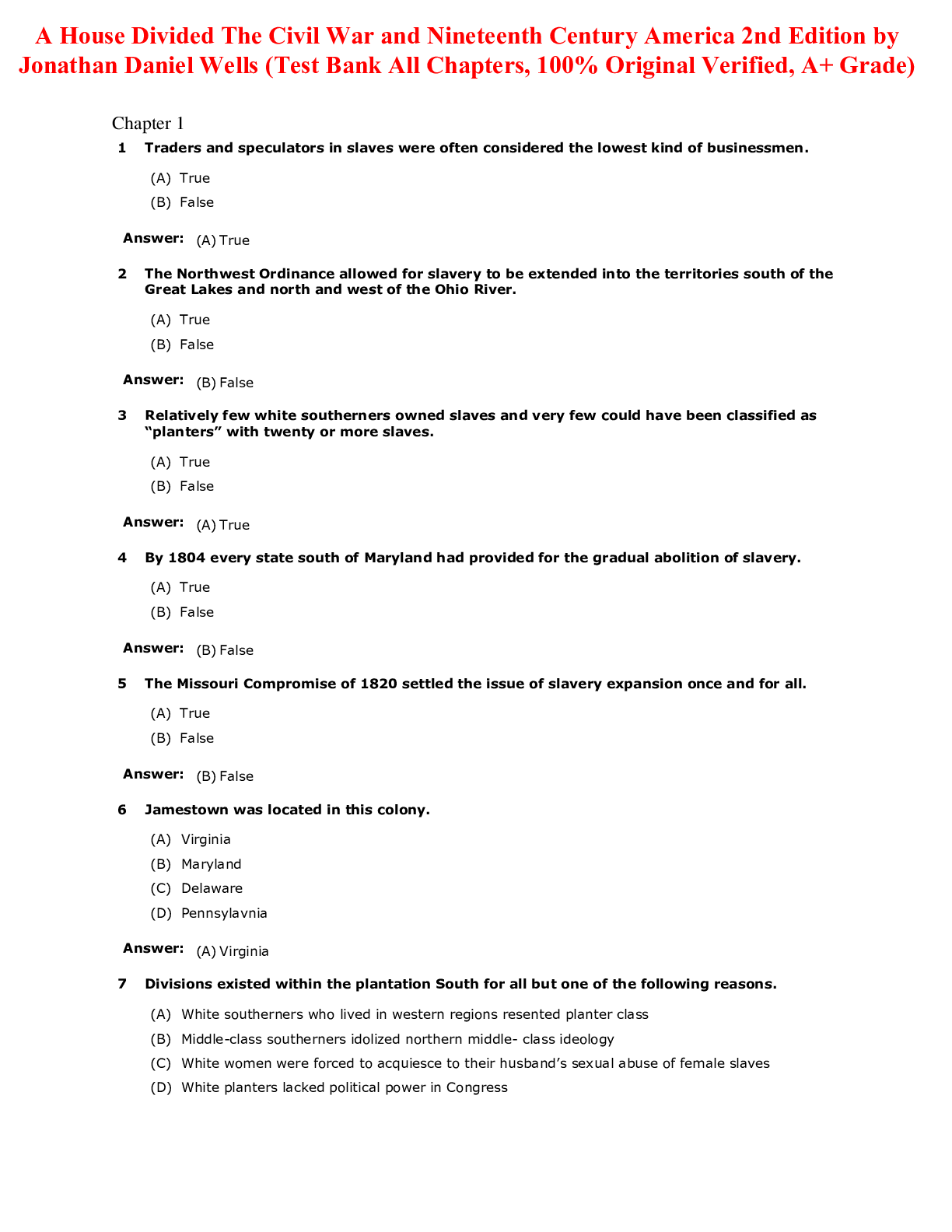*NURSING > TEST BANK > Pharmacology Proctored Exam_Cloned_Assessment 1 Questions And Answers Incusive (All)
Pharmacology Proctored Exam_Cloned_Assessment 1 Questions And Answers Incusive
Document Content and Description Below
Detailed Answer Key Pharmacology Proctored Exam_Cloned_Assessment 1 1. The nurse answers a patient's call light and finds the patient sitting up in bed and requesting pain medication. What will the nu... rse do first? A. Check the orders and give the patient the requested pain medication B. Provide comfort measures to the patient C. Assess the patient's pain and pain level D. Evaluate the effectiveness of previous pain medications 2. The nurse is preparing to administer a transdermal patch to a patient and finds that the patient already has a medication patch on his right upper chest. What will the nurse do? A. Remove the old medication patch and notify the health care provider B. Apply the new patch without removing the old one C. Remove the old patch and apply the new one in the same spot D. Remove the old patch and apply the new patch to a different clean area 3.A patient is complaining of severe pain and has orders for morphine sulfate. The nurse knows that the route that would give the slowest pain relief is which route? A. IV B. PO C. Subcutaneous D. IM 4.A patient is recovering from an appendectomy. She also has asthma and allergies to shellfish and iodine. To manage her postoperative pain, the physician has prescribed hydromorphone (Dilaudid). Which vital sign is of greatest concern? A. Temperature B. Respirations C. Pulse D. Blood pressure Created on:06/16/2019 Page 1 Detailed Answer Key Pharmacology Proctored Exam_Cloned_Assessment 1 5. The patient is diagnosed with Parkinson's disease and has been started on a dopaminergic replacement drug therapy with carbidopa-levodopa, it is important for the nurse to A. assess the patient for dizziness and syncope when the patient is walking B. administer the medication first thing in the morning C. administer the medication on an empty stomach D. remove protein from the patient's diet 6. Which drug will the nurse anticipate administering to a patient experiencing a benzodiazepine overdose? A. Flumazenil B. Narcan C. Methadone D. Antabuse 7. Which statement is important for the nurse to include when teaching a patient about disulfiram (Antabuse) therapy? A. This medication will cure your alcoholism if you take as directed B. This medication will cause your blood pressure to get very high if you drink alcohol after taking it C. "You cannot drink alcohol for at least 3-4 days after taking this medication D. "If you miss a dose of Antabuse, double up the next time it is due" 8.A patient on a dobutamine drip starts complaining that her IV line "hurts really bad" The nurse on assessing the site notices that it is red, swollen and cool to touch. What will the nurse do first? A. Slow the infusion rate B. Stop the infusion C. Inject the area with phentolamine D. Notify the health care provider 9.A nursing is planning care for a client who is receiving furosemide (lasix) IV for peripheral edema. Which of the Created on:06/16/2019 Page 2 Detailed Answer Key Pharmacology Proctored Exam_Cloned_Assessment 1 following interventions should the nurse include in the plan of care? (Select all that apply) A. Assess for tinnitus B. Monitor serum potassium C. Elevate head of bed before ambulation D. Report urine output of 50mL/hr E. Recommend eating a banana daily 10.A nurse is planning to administer a first dose of captopril to a client who has hypertension. Which of the following medications can intensify first dose hypotension? (Select all that apply) A. Simvastain (Zocor) B. Hydrochlorothiazide (HCTZ) C. Dilantin (Phenytoin) D. Clonidine (Catapres) E. Nitroglycerin (Nitrostat) 11.A nurse is teaching a client about a new medication, verapamil (Calan), for hypertension. What information should be include in teaching? A. Increase the amount of dietary fiber in the diet B. Drink grapefruit juice daily to increase vitamin C intake C. Decrease the amount of calcium in diet D. Withhold food for 1 hour after the medication is taken 12.When planning care for an assigned patient, the nurse identifies the outcome of “Patient will be able to safely self-administer enoxaparin (Lovenox) subcutaneously upon discharge.” Which method is best for the nurse to use in evaluating the patient’s achievement of this outcome? A. Demonstrate the correct administration procedure to the patient. B. Give the patient detailed written instructions illustrating the procedure. C. Observe the patient’s return demonstration of the administration procedure. D. Ask the patient to verbalize the correct administration procedure step by step. Created on:06/16/2019 Page 3 Detailed Answer Key Pharmacology Proctored Exam_Cloned_Assessment 1 13.During an intravenous (IV) infusion of amphotericin B, a patient develops tingling and numbness in his toes and fingers. What will the nurse do first? A. Discontinue the infusion immediately. B. Reduce the infusion rate gradually until the adverse effects subside. C. Administer the medication by rapid IV infusion to reduce these effects. D. Nothing; these are expected side effects of this medication. 14.A patient is taking nystatin (Mycostatin) oral lozenges to treat an oral candidiasis infection resulting from inhaled corticosteroid therapy for asthma. Which instruction by the nurse is appropriate? A. “Chew the lozenges until they are completely dissolved.” B. “Let the lozenge dissolve slowly and completely in your mouth without chewing it.” C. “Rinse your mouth with water before taking the inhaler.” D. “Rinse your mouth with mouthwash after taking the inhaler.” 15.A patient with active HIV has been taking zidovudine (Retrovir). Which is potential adverse effect may limit the length of time this medication can be taken? A. Lactic Acidosis B. Bone marrow suppression C. Hepatomegaly D. Fatigue 16.A patient is taking guaifenesin (Humibid) as part of treatment for a sinus infection. Which instruction will the nurse include during patient teaching? A. Report clear-colored sputum to the prescriber. B. Force fluids to help loosen and liquefy secretions. C. Avoid driving a car or operating heavy machinery because of the sedating effects. D. Report symptoms that last longer than 2 days. Created on:06/16/2019 Page 4 Detailed Answer Key Pharmacology Proctored Exam_Cloned_Assessment 1 17.A patient is suffering from tendonitis of the knee. The nurse is reviewing the patient’s medication administration record and recognizes that which adjuvant medication is most appropriate for this type of pain? A. Antidepressant B. Anticonvulsant C. Corticosteroid D. Local anesthesia 18.The nurse on educating the patient on the common side/adverse effects of opioids will educate on which of the following: (Select all that apply) A. decreased respirations B. heartburn C. constipation D. nausea E. insomnia 19.A patient who is receiving high-dose chemotherapy with methotrexate is also receiving leucovorin. The purpose of the leucovorin is to: A. produce an additive effect with the methotrexate by increasing its potency against the cancer cells. B. reduce the incidence of cardiomyopathy caused by the methotrexate. C. reduce the Bone Marrow Suppression caused by the methotrexate. D. add its antiinflammatory effects to the treatment regimen. 20.A patient is taking ibuprofen 800 mg three times a day by mouth as treatment for OA. While taking a health history, the nurse finds out that the patient has a few beers on weekends. What concern would there be with the interaction of the alcohol and ibuprofen? A. Increased bleeding tendencies B. Increased chance for GI bleeding C. Increased nephrotoxic effects D. Reduced antiinflammatory effects of the NSAID Created on:06/16/2019 Page 5 Detailed Answer Key Pharmacology Proctored Exam_Cloned_Assessment 1 21.The nurse should teach the patient taking an oral corticosteroid to take the medication at what time? A. 8:00 am B. 8:00 pm C. 12 noon D. 5:00 pm 22.A patient wants to take garlic to improve his cholesterol levels. Which condition would be a contraindication? A. Hptertension B. Scheduled surgery C. Sinus infection D. Bowel obstruction 23.When converting from IV heparin to oral warfarin (Coumadin) therapy, the prescriber monitors which of the following to determine the next appropriate dose of warfarin? A. Platelet count B. aPTT C. Red blood cell count D. PT/INR 24.A patient with extremely high blood pressure is in the emergency department. The physician will order therapy with nitroglycerin to manage the patient's blood pressure. Which form of nitroglycerin is most appropriate? A. Sublingual spray B. Transdermal patch C. Oral capsule D. [Show More]
Last updated: 7 months ago
Preview 1 out of 33 pages
.png)
Reviews( 0 )
Document information
Connected school, study & course
About the document
Uploaded On
Feb 02, 2022
Number of pages
33
Written in
Additional information
This document has been written for:
Uploaded
Feb 02, 2022
Downloads
0
Views
80


.png)
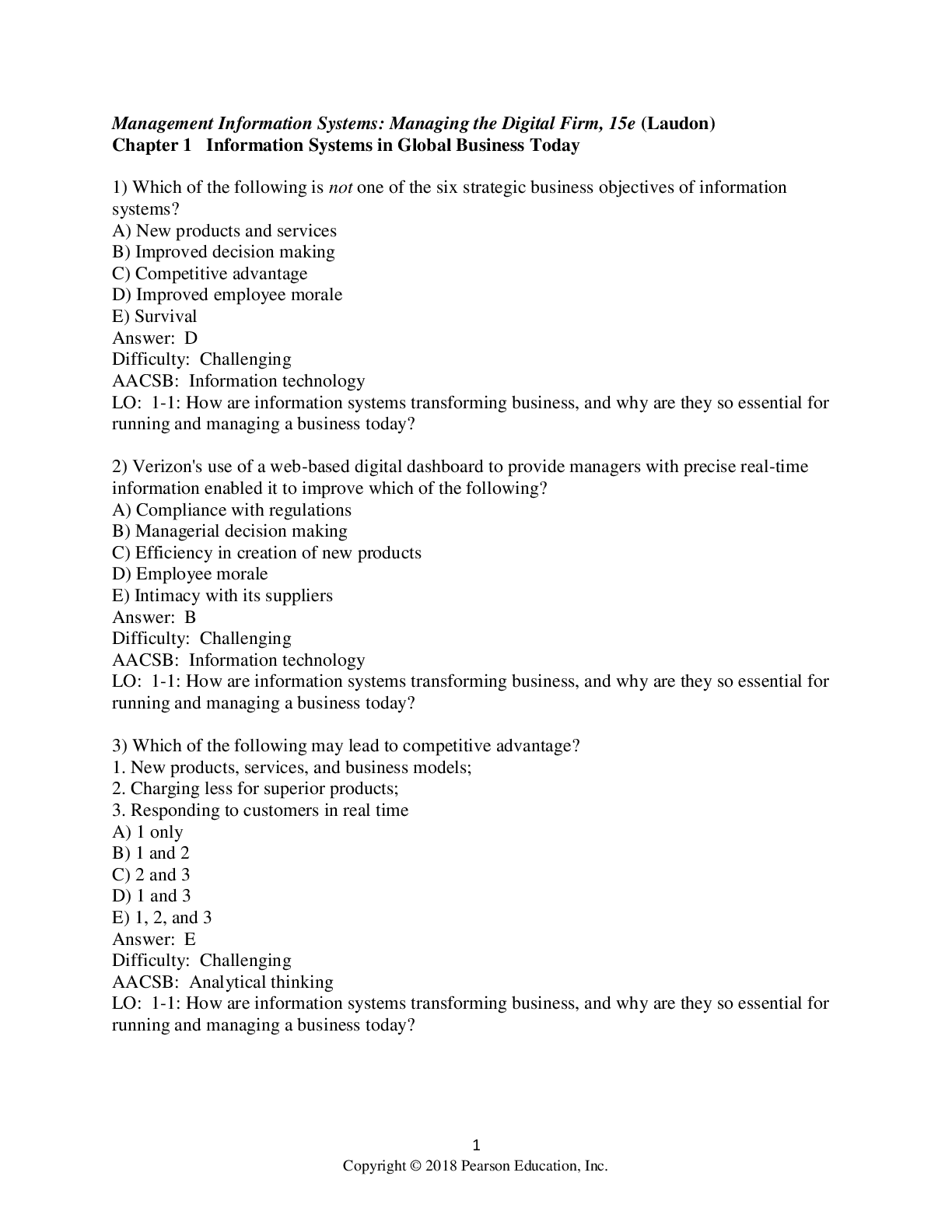
.png)
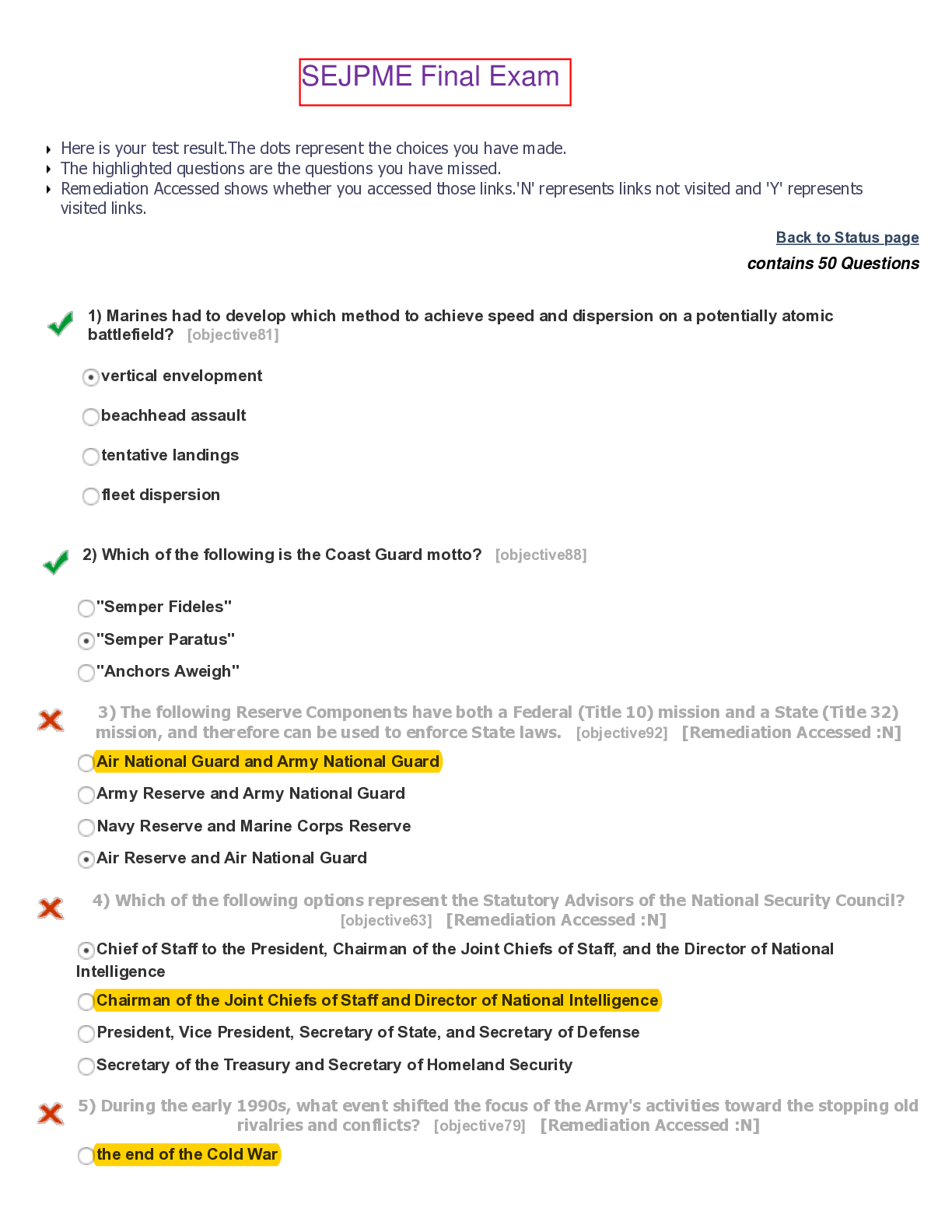

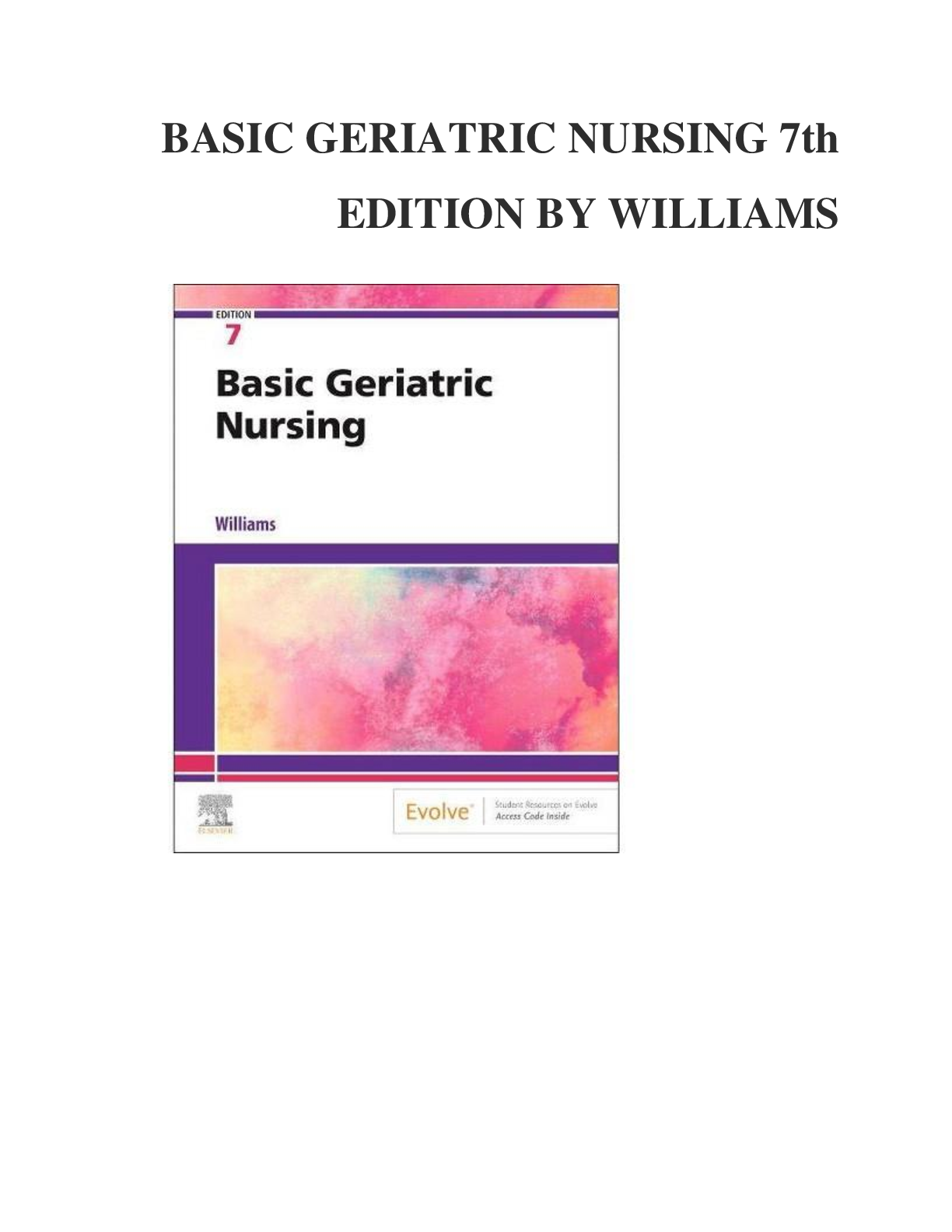
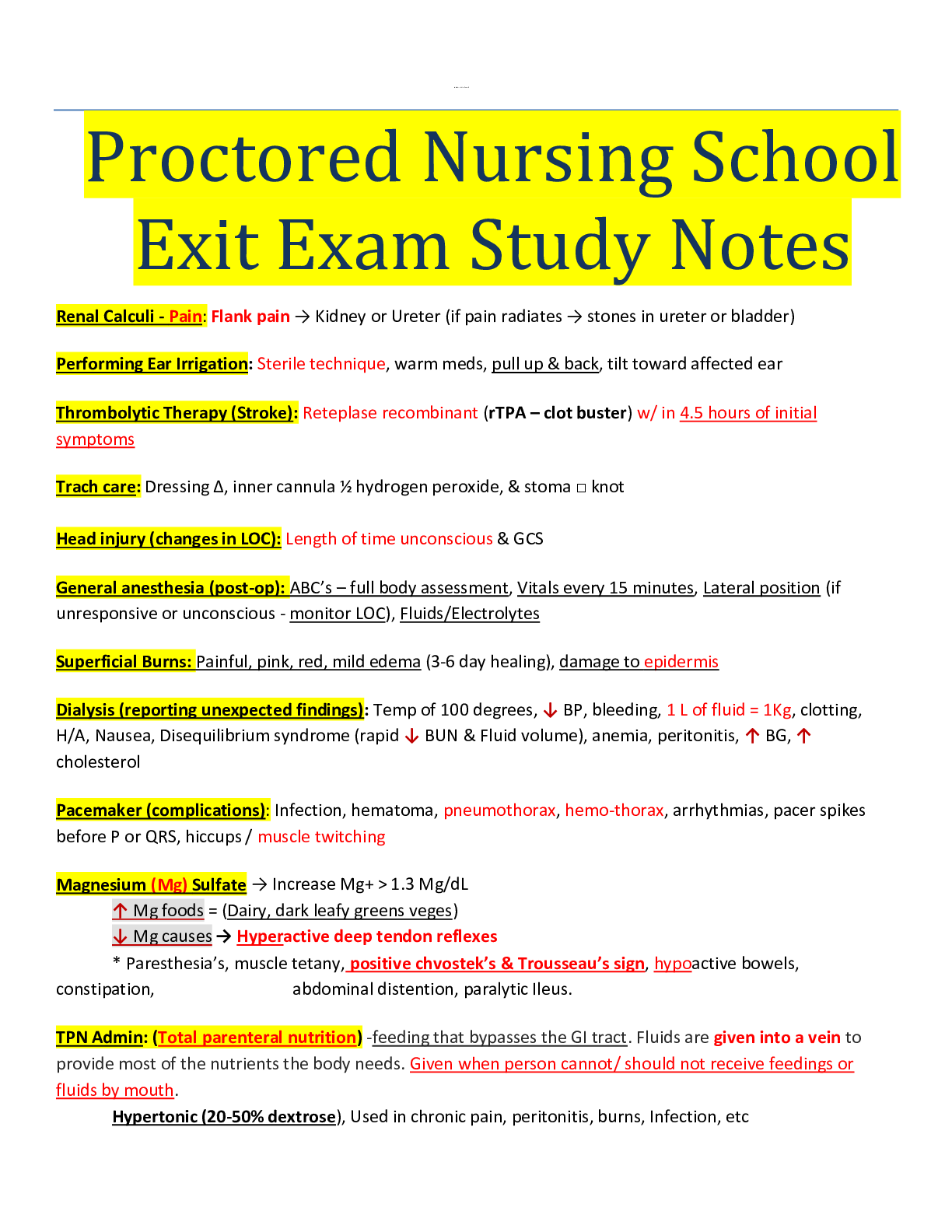
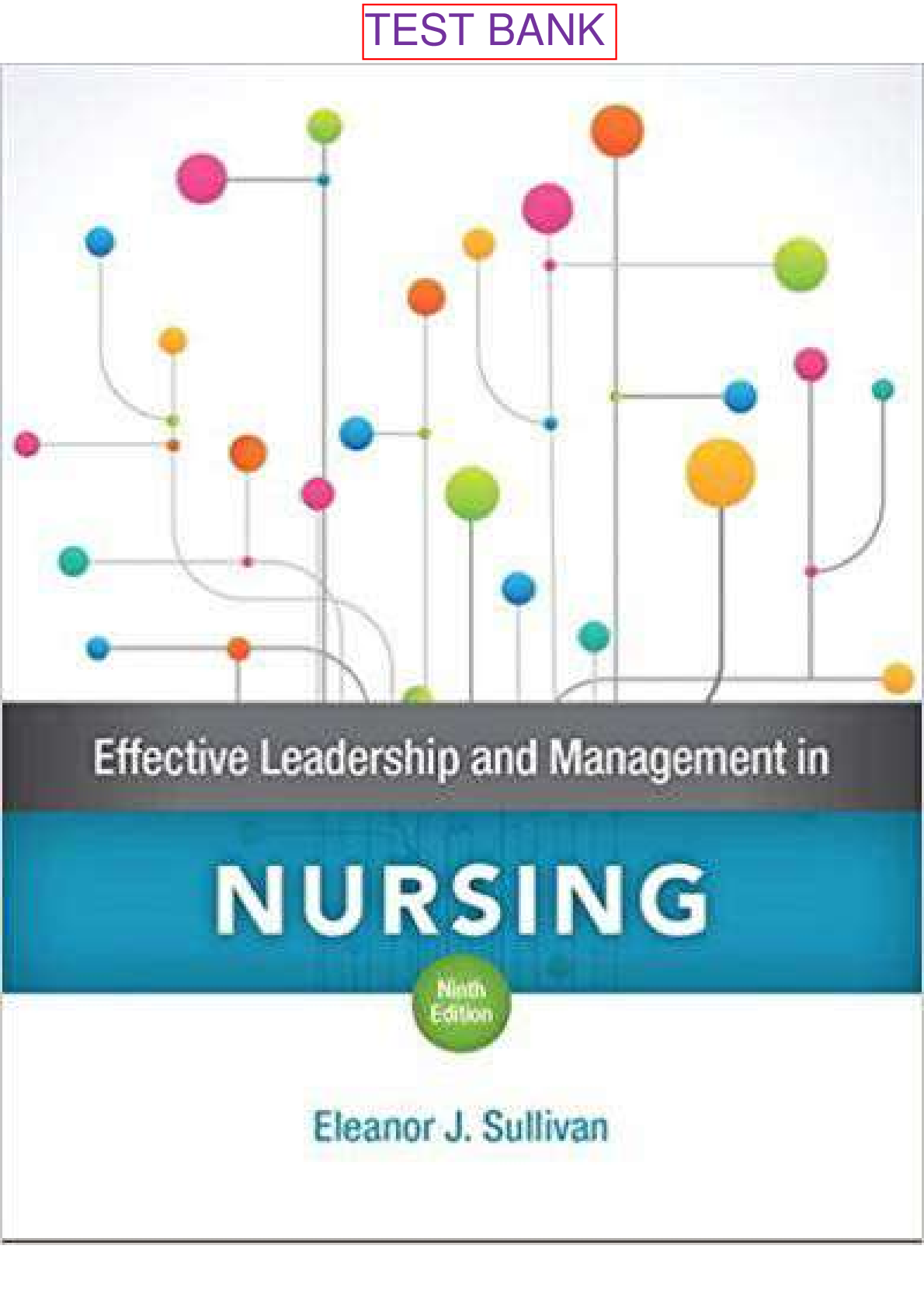
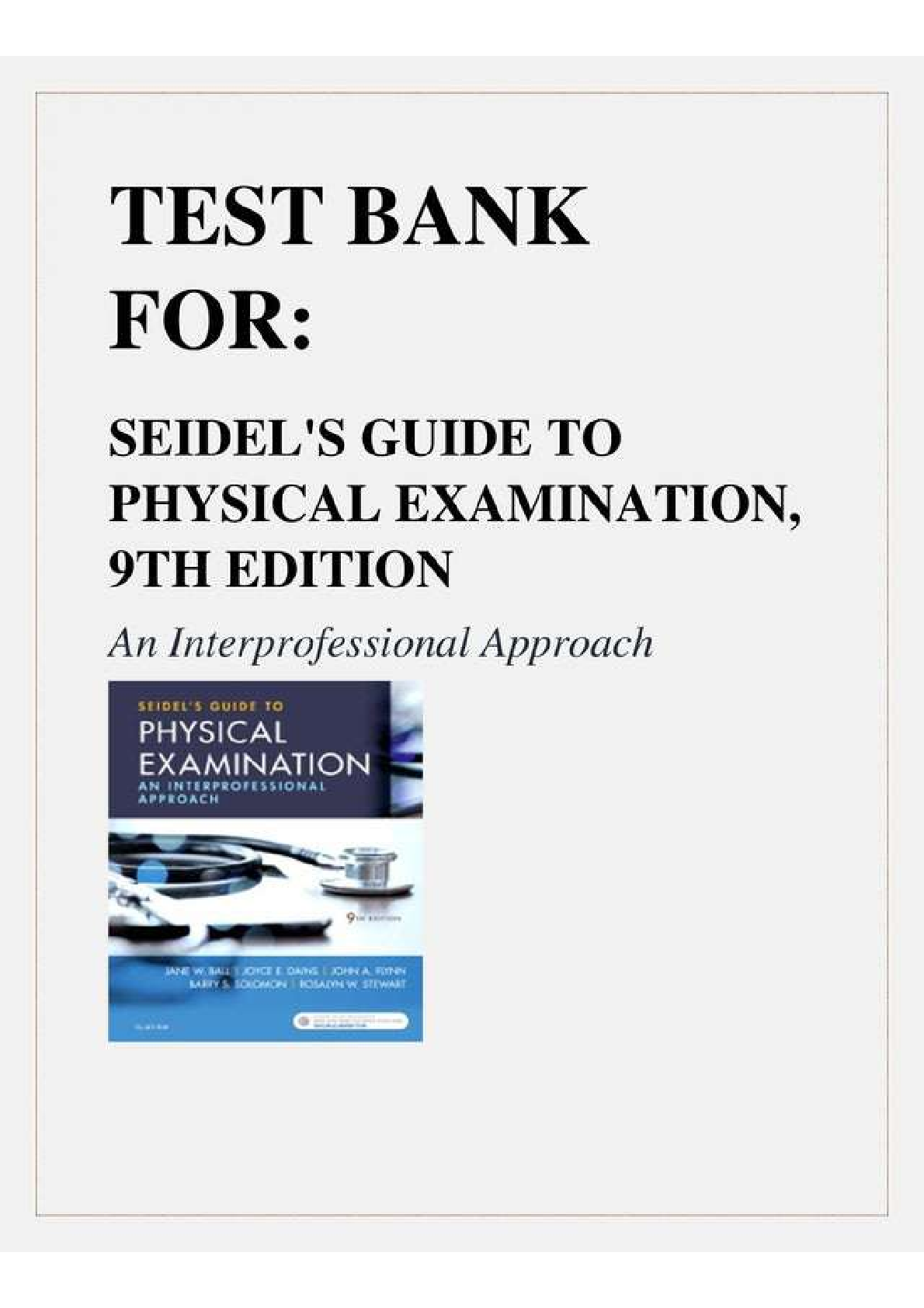
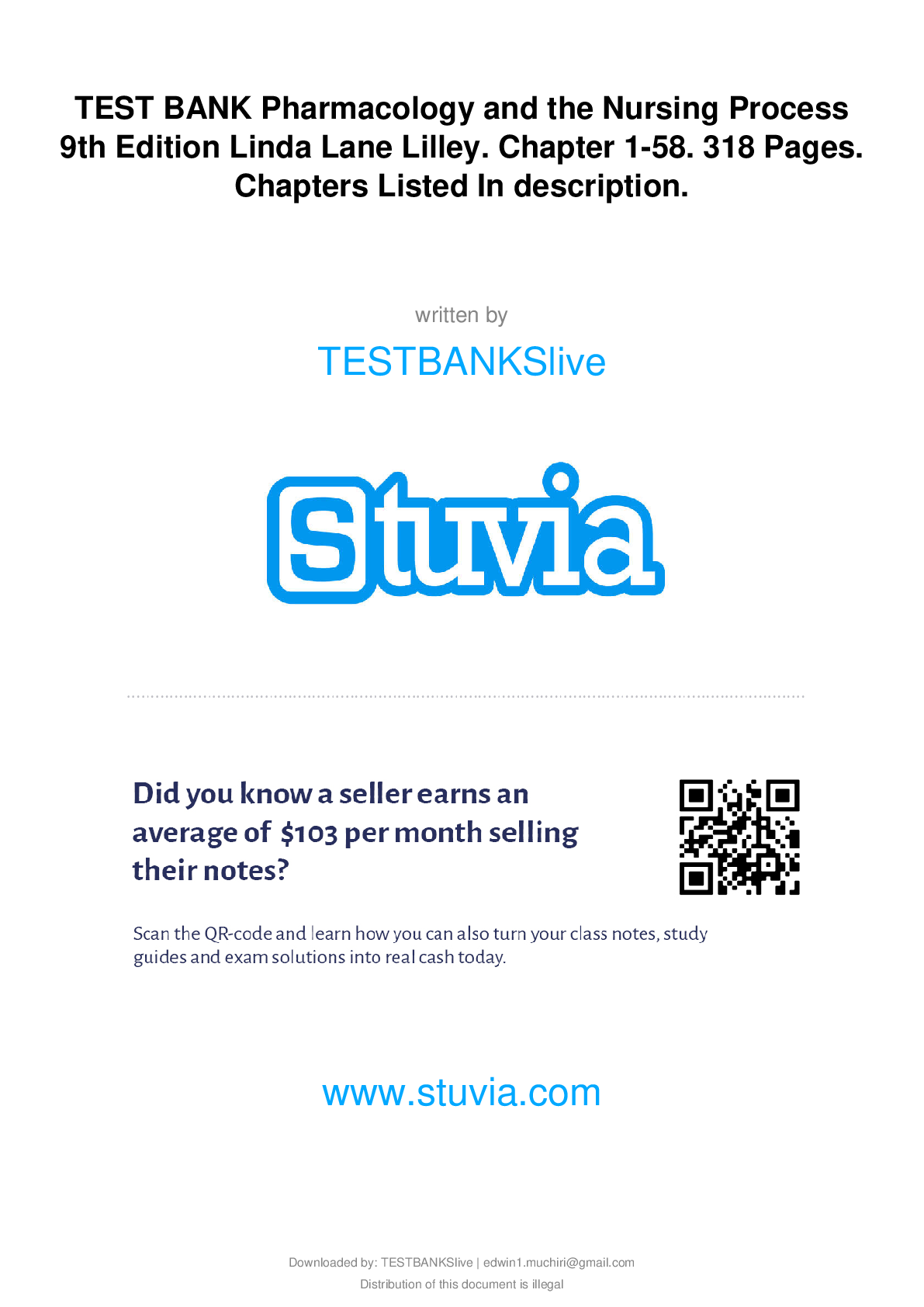
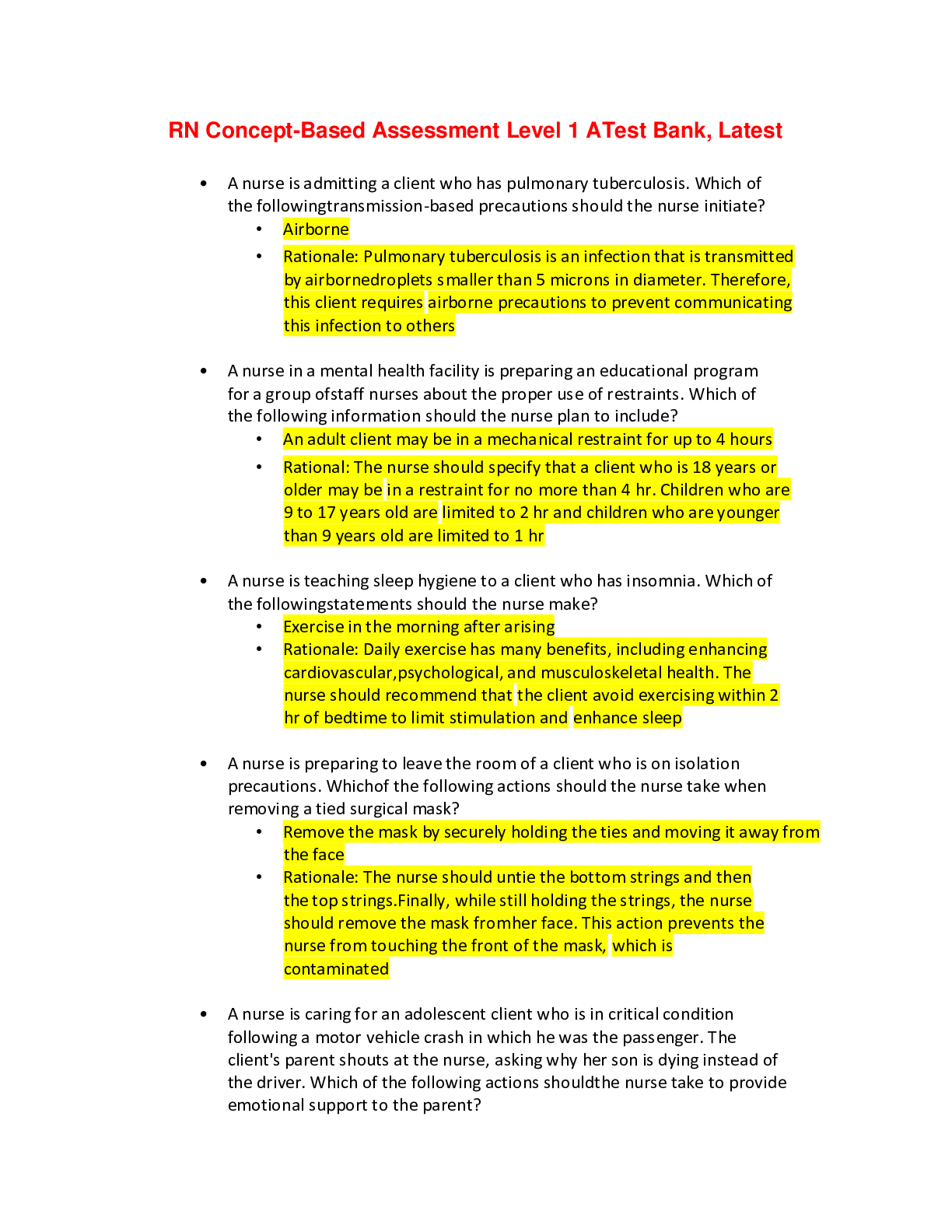
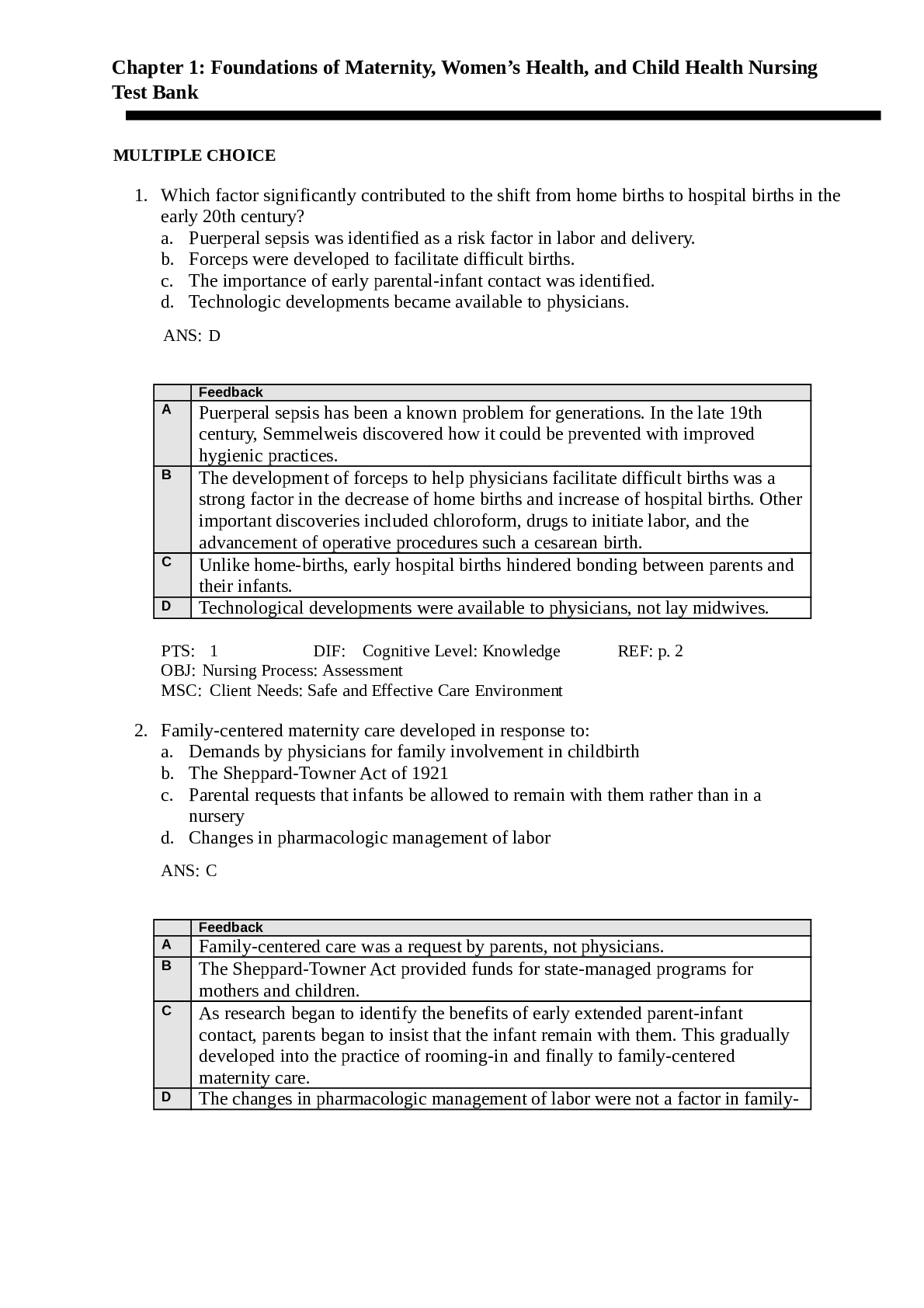
.png)
